
What makes a great logo?
'You never get a second chance to make a first impression'. This is especially true for brand identities. A well-designed logo can intrigue and invite new customers, setting the stage for their experience with the brand. It can project qualities like reliability, innovation, or luxury, depending on your company’s ethos.
Initially, your logo serves as a vessel that sparks curiosity. Over time, it gains depth and influence, evolving into a powerful symbol that encapsulates the essence of your brand.
If you've ever been curious about what elevates a logo from good to exceptional, let's discover what great logos have in common.
Simplicity
Simplicity is the ultimate sophistication. Your logo should be free of any unnecessary details that could take away from the overall look and feel you want to communicate.
While your logo should be simple, it should never be bland. The sweet spot is blending simplicity and distinctiveness, ensuring it's memorable leaving a lasting impression on your customers.
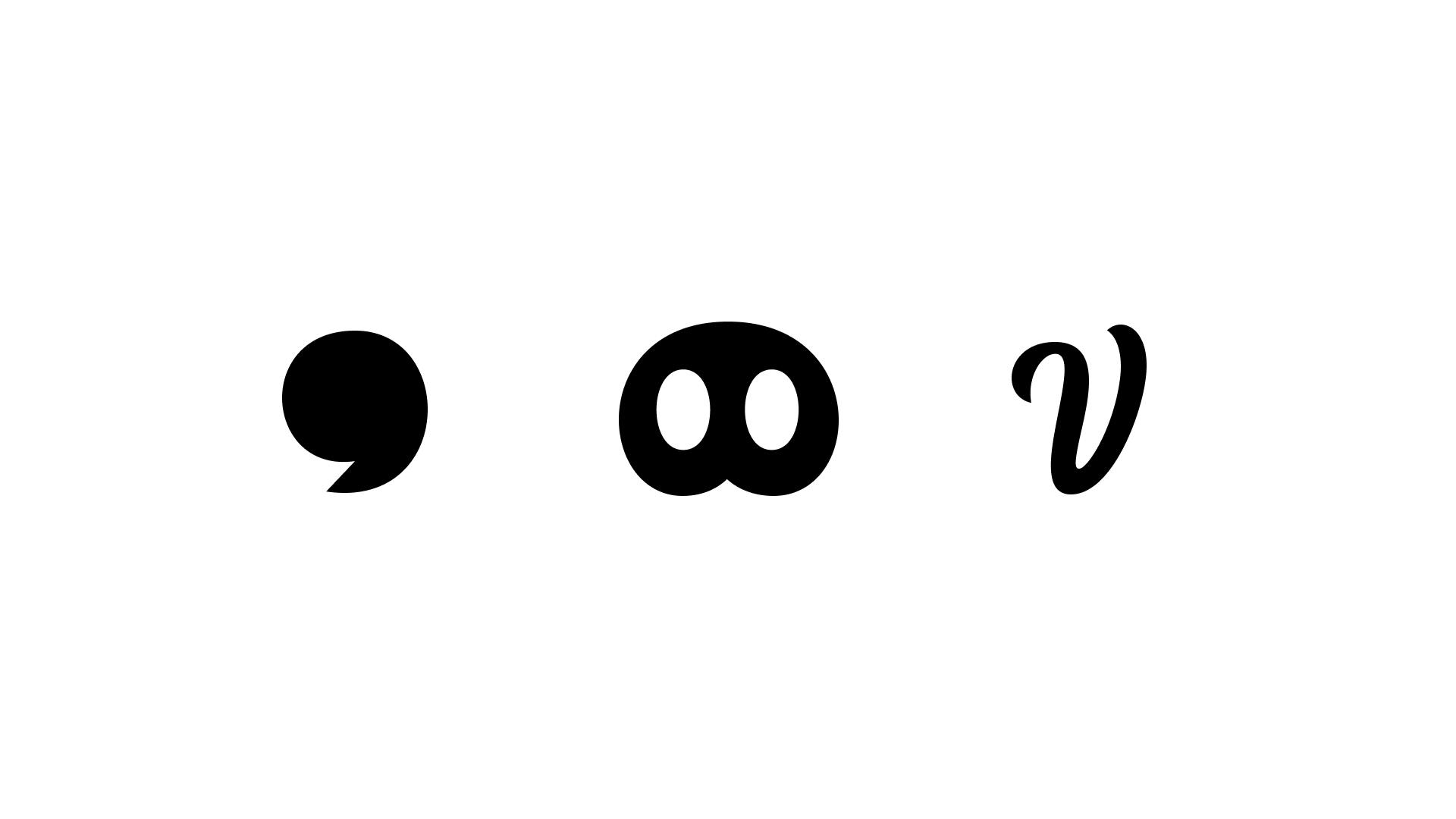
Memorability
A great logo is memorable. It leaves a lasting impression and is easily recalled by the audience. This helps build brand recognition.
Your logo should stand out from competitors. It needs to be unique enough to be memorable. This doesn't mean it has to be overly elaborate; rather, it should have a distinctive feature or design element that sets it apart.
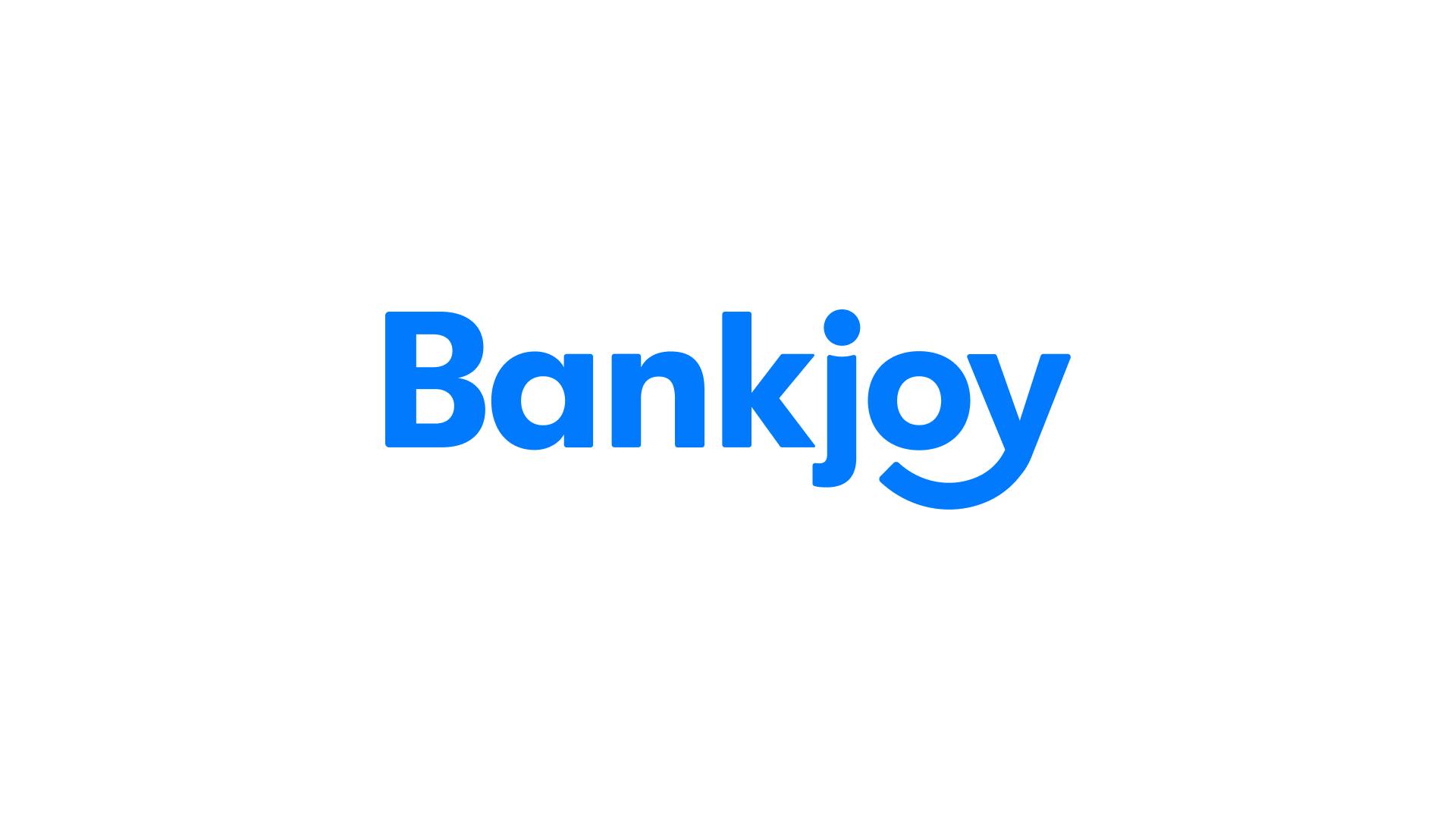
Flawless execution is key. An idea not well executed is a missed opportunity to create something remarkable. Take for instance our redesign for Bankjoy. Their CEO, Michael Duncan, had worked with a different design agency but was looking for a more refined version of the concept they presented, which is why he turned to us.
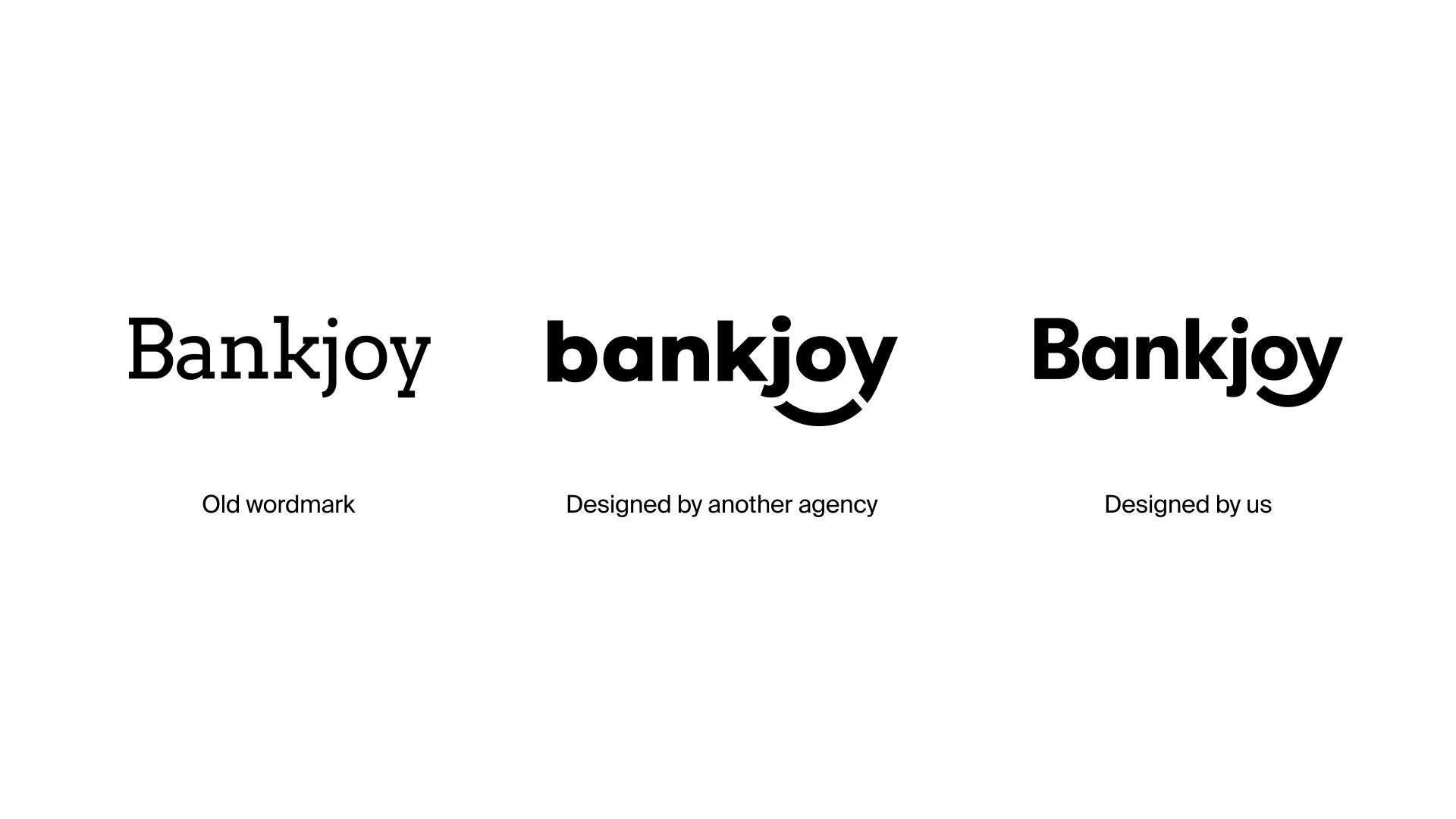
Appropriateness
Different strokes for different folks. Your logo should resonate on multiple levels - with your target audience, aligning with your brand ethos, reflecting your product's essence, and fitting seamlessly within your industry's landscape.
Understanding your customers preferences, expectations, and cultural contexts is crucial in achieving this harmony. A well-designed logo is a convergence of these elements, creating a lasting connection with your audience.
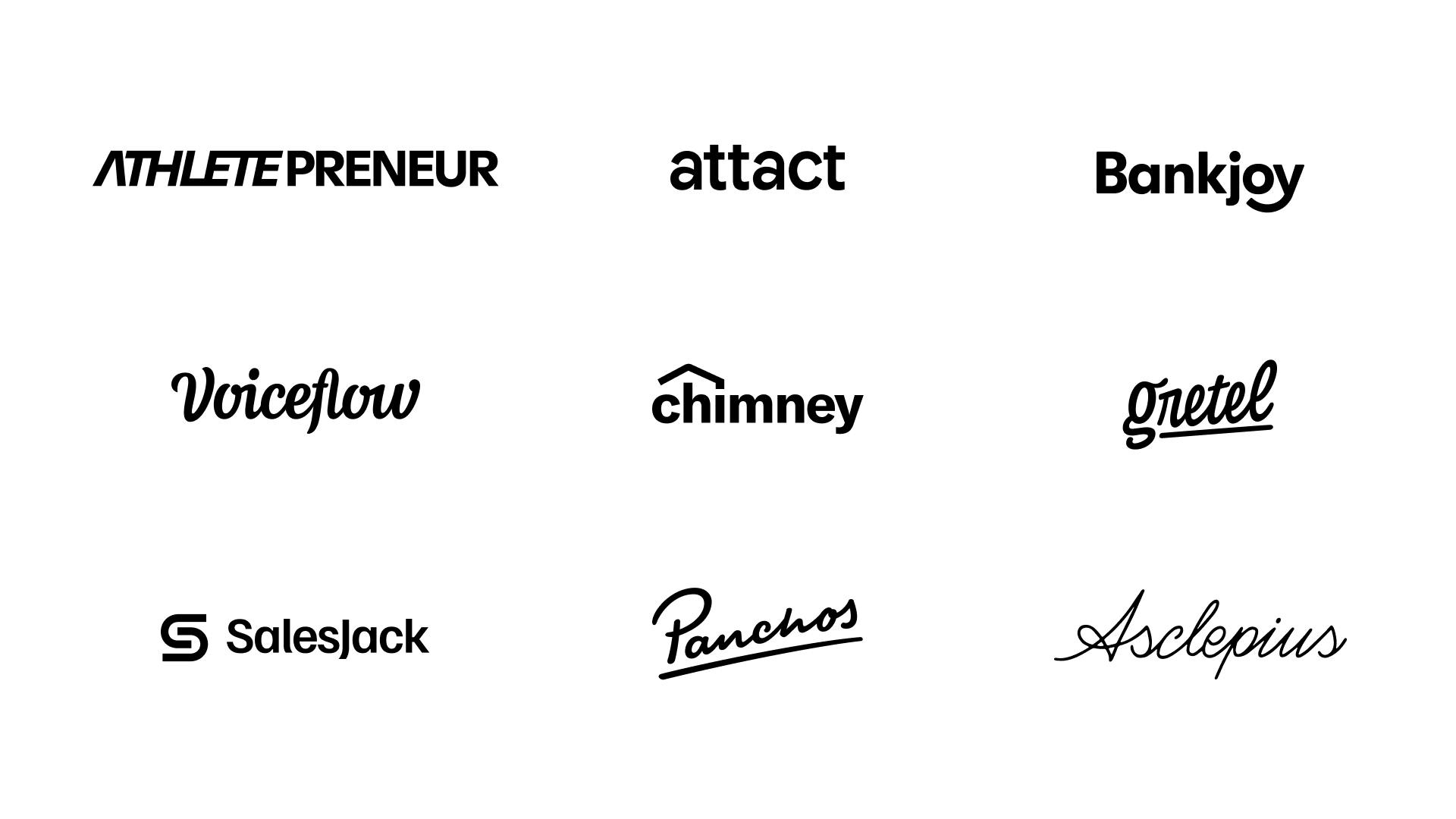
Versatility
Your logo should work well in various applications, from business cards to billboards. A great logo is scalable, looks good in color and black and white, and adapts to different mediums and backgrounds.
A versatile logo should retain its clarity and impact whether it's scaled down to fit on a business card or scaled up for a billboard. This means the design should be simple enough to be legible at any size, and details should not get lost when the logo is reduced.
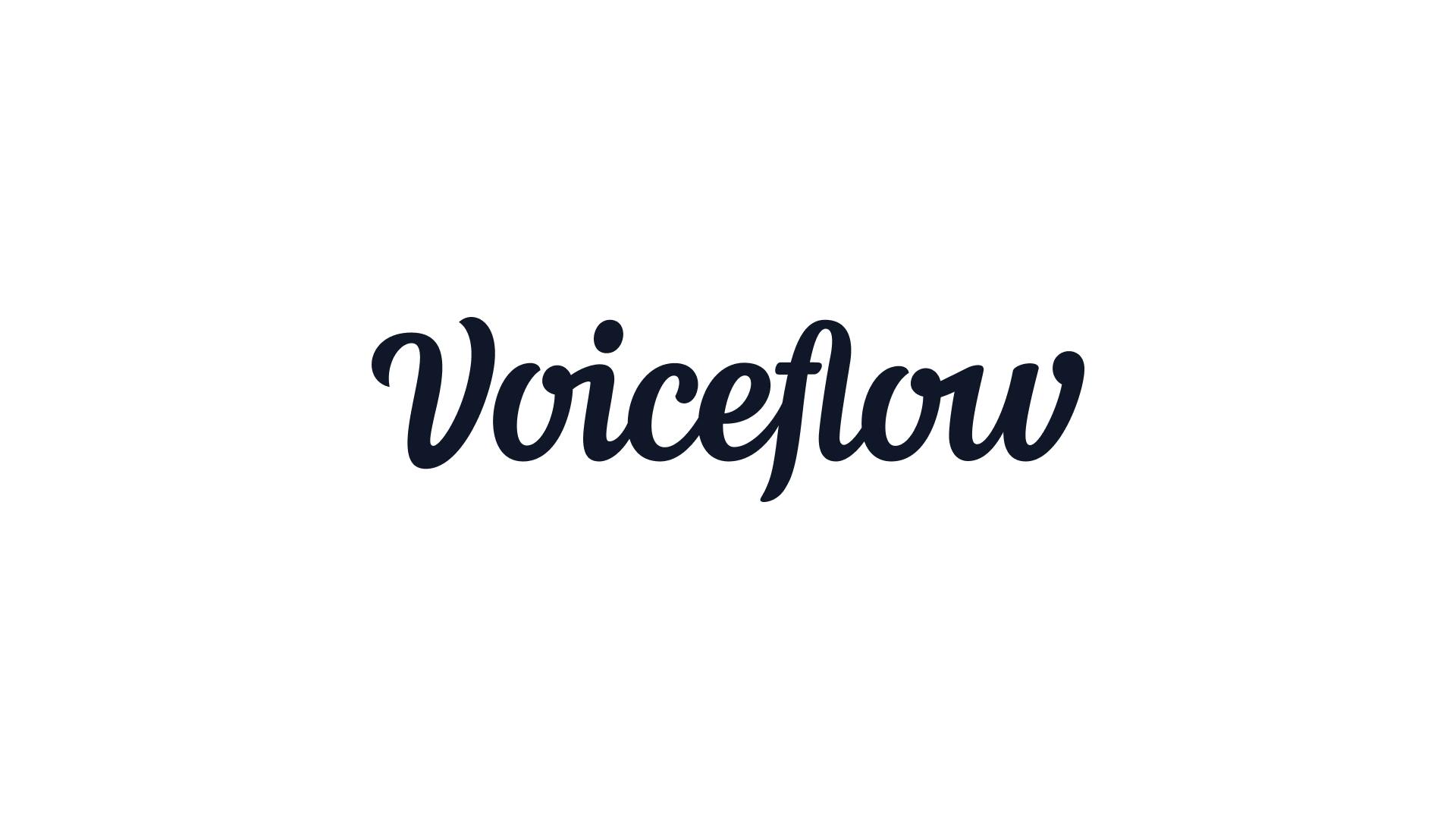
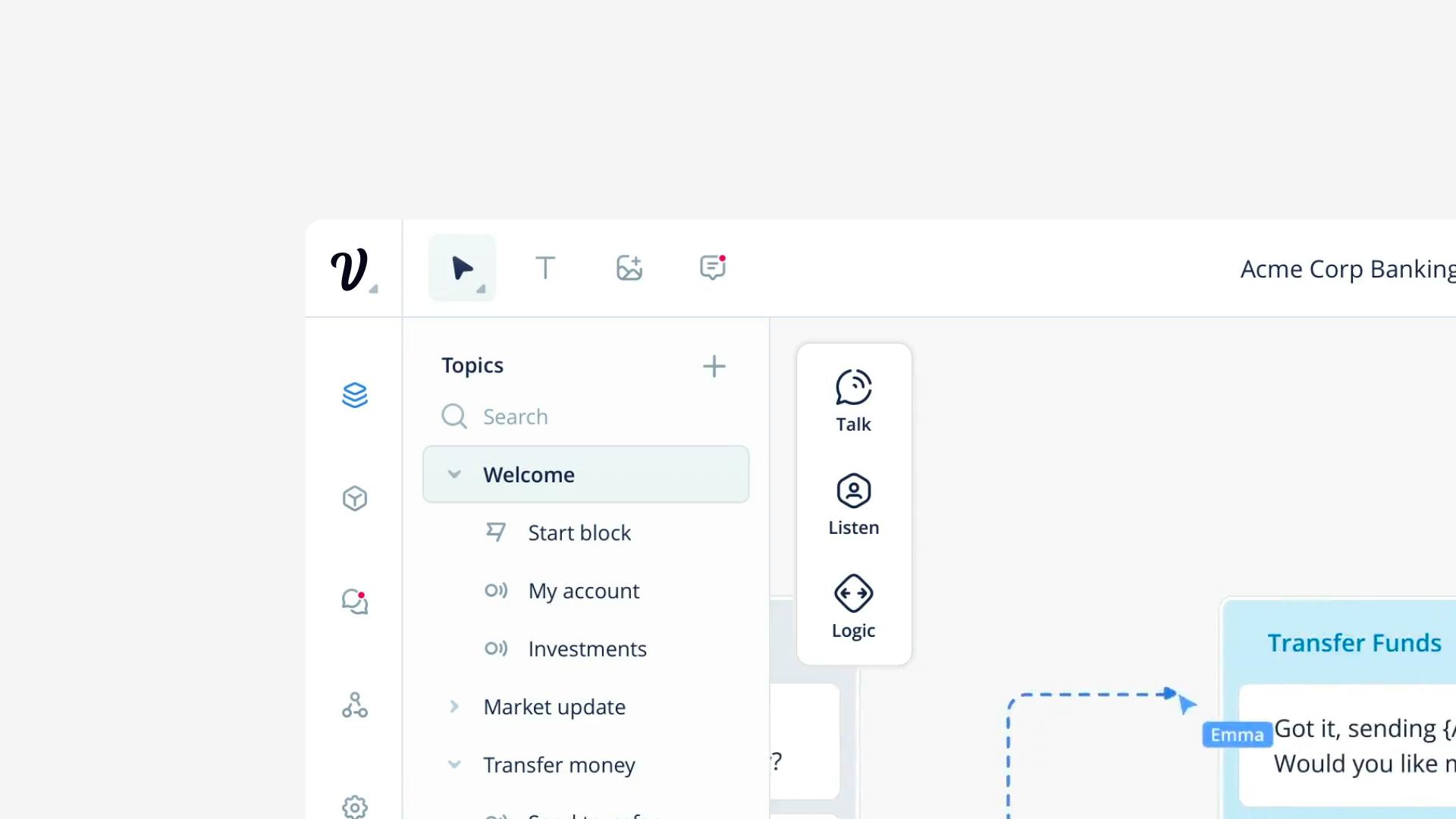
Timelessness
While it's good for a logo to feel current, it should also have a timeless quality. A great logo remains effective and relevant over the long term, avoiding trends that may quickly become outdated.

Balance and Proportion
Balance and proportion involve careful consideration of how each element interacts with the others. The goal is to create a composition that is visually pleasing, feels stable, and draws the viewer’s eye in a way that is both intentional and harmonious.
While balance is important, having a focal point in the logo can make it unique and memorable. The focal point should be the most important part of the logo, but still maintain a natural balance with the rest of the design.


It's good to remember that what makes a logo great can vary depending on the specifics of the brand strategy. Context is king. It's often a combination of these factors that contributes to a logo's success.